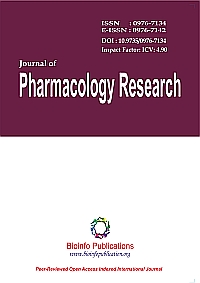
“Skeletal complications are a common cause of morbidity in patients with primary bone cancer and bone metastases. The type 2 cannabinoid (Cnr2) receptor is implicated in cancer, bone metabolism and pain perception. Emerging data have uncovered the role of Cnr2 in the regulation of tumour-bone cell interactions and suggest that agents that target Cnr2 in the skeleton have potential efficacy in the reduction of skeletal complications associated with cancer.
This review aims to provide an overview of findings relating to the role of Cnr2 receptor in the regulation of skeletal tumour growth, osteolysis and bone pain, and highlights the many unanswered questions and unmet needs.
This review argues that development and testing of peripherally-acting, tumour-, Cnr2-selective ligands in preclinical models of metastatic cancer will pave the way for future research that will advance our knowledge about the basic mechanism(s) by which the endocannabinoid system regulate cancer metastasis, stimulate the development of a safer cannabis-based therapy for the treatment of cancer and provide policy makers with powerful tools to assess the science and therapeutic potential of cannabinoid-based therapy.
Thus, offering the prospect of identifying selective Cnr2 ligands, as novel, alternative to cannabis herbal extracts for the treatment of advanced cancer patients.”


